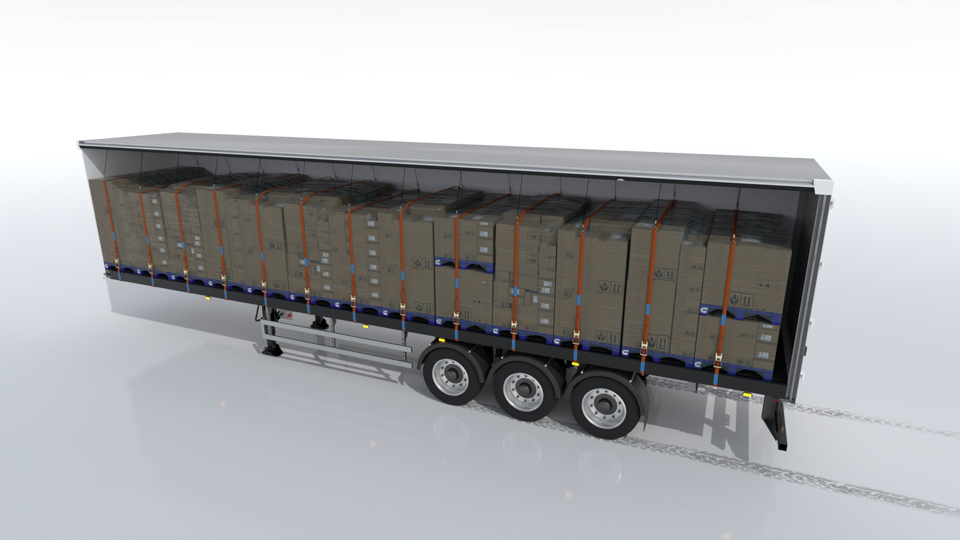Driver Vehicle Standards Agency

class="gem-c-govspeak govuk-govspeak govuk-!-margin-bottom-0">
All loads carried on vehicles must be secure regardless of:
- what vehicle theyre on
- the size or type of the load
- the length of the journey
This protects:
- the people involved in loading, unloading and driving the vehicle
- other road users and pedestrians

The problems unsecured loads can cause
Unsecured loads can:
- affect the handling of the vehicle
- increase the braking distance
- increase the risk of a rollover
Items falling from the vehicle during the journey could:
- hit vehicles or pedestrians
- cause an obstruction in the road that causes other drivers to have to swerve or brake
- cause lane or full road closures
Even small, light items can kill someone if they fall from a vehicle travelling at speed.
Everyone involved in loading a vehicle or managing a transport operation is responsible for making sure the load is:
- safely loaded
- secure during transport
- safely unloaded
Operators, drivers and companies sending goods (consignors) must:
- secure all loads carried on vehicles
- make sure loads are transported, loaded and unloaded safely
Load securing roles and responsibilities
You need to know:
- what operators, consignors and drivers are responsible for
- what the law says about load security
- assessing and managing risks during loading and unloading
- the benefits of using a load plan
Watch a short video about these main roles and responsibilities
Employers and self-employed people must:
- assess the risks to both their own employees and anyone else who could be hurt by their work activities
- take appropriate steps to control those risks
- give drivers and loaders the information, training, and equipment they need to do their jobs safely
- do everything reasonably practicable to protect people from harm
Doing this will help keep your employees and the public safe and reduce the risk of damage to your loads and vehicles.
If you do not follow this guide, you must be able to show that you have achieved an equivalent level of safety.
The Health and Safety Executive (HSE) has more advice on finding the right guidance for your business and on what the law says about managing health and safety in your business.
What reasonably practicable means
This means balancing the level of risk against the measures needed to control the real risk in terms of money, time, or trouble.
The burden of proof is on the employer to show there was nothing else they could reasonably do.
Carrying out a risk assessment
When you carry out a risk assessment, you must:
- identify what could cause injury or illness in your business?
- decide how likely it is that someone could be harmed and how seriously?
- take action to eliminate the hazard, or if this isnt possible, control the risk
A risk assessment alone isnt enough to manage risk. Managing health and safety is an ongoing process, not a one-off task. Its not enough to just control the risks in your business you must make sure that they stay controlled.
What to include in your risk assessment
Your assessment should include risks relating to:
- the nature of the journey length, type of roads, traffic and other potential obstacles such as low bridges
- the type of load weight, size, shape
- the type of security used if its not in line with this guidance, consider how youre minimising the risks
- other issues such as the weather and the experience of the people loading and unloading the vehicle
- working at height
- manual handling
- trailer coupling and uncoupling
- separating pedestrians from vehicles
If your route and type of load stay the same, you can use the same risk assessment for all these journeys.
Recording the findings of your risk assessment
If you employ more than 5 people, you must record the significant findings of the risk assessment in writing. You must include:
- the hazards?
- who might be harmed and how
- the risk controls
Check the Health and Safety Executives guidance on how to carry out a risk assessment and download a risk assessment template.
